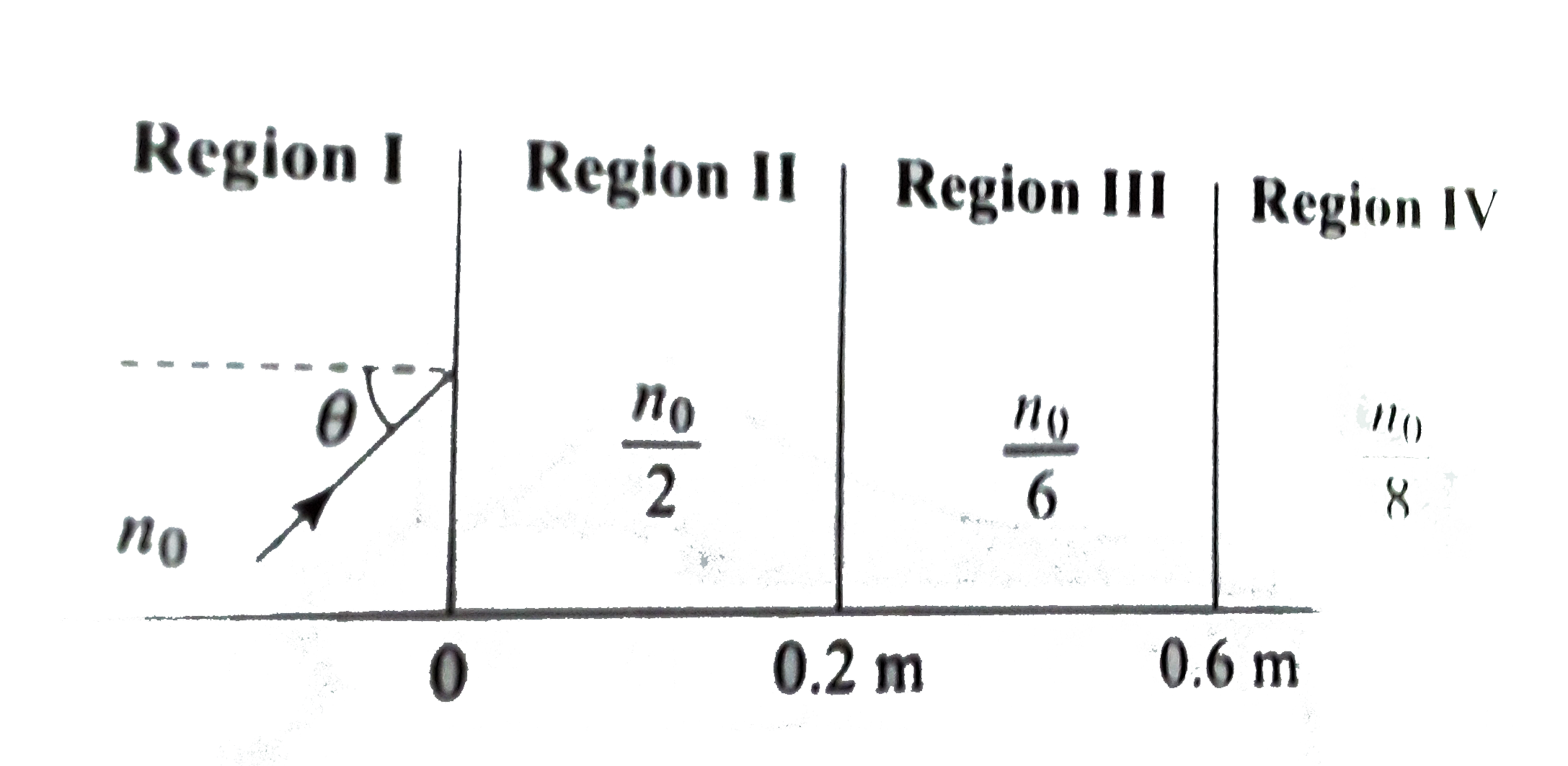During osmosis water moves from its region of (i) to its region of (ii) until equilibrium is achieved
(i) Higher chemical potential (ii) Lower chemical potential
(i) Lower chemical potential (ii) Higher chemical potential
(i) Lower free energy (ii) Higher free energy
(i) Lower solute potential (ii) Higher solute potential
The correct Answer is:A
Step by step video & image solution for During osmosis water moves from its region of (i) to its region of (ii) until equilibrium is achieved by Biology experts to help you in doubts & scoring excellent marks in Class 12 exams.
Updated on:21/07/2023Topper's Solved these Questions
Similar Questions
Knowledge Check
The movement of water molecules from a region of high concentration to a region of low concentration through a semipermeable membrane is due to
AdiffusionBosmosisCactive absorptionDtranspirationMovement of solvent molecule from a region of its higher concentration to a region of its lower concentration through a semi- permeable membrane is refferred to as
Asimple diffusionBfacilitated diffusionCosmosisDactive transport.
Assertion: Respiratory gas exchange occurs through osmosis.
Reason: Respiratory gas goes from lower partial pressure region to the region of higher partial pressure.
View SolutionA conducting loop is moving from left to right through a region of uniform magnetic (B) field. Its four positiors are shown belwo. Show the direction of induced current in all four positions.

View SolutionAssertion: In parallel combination of electrical appliances, total power consum ption is equal to the sum of the powers of the indivisual appliances.
Reason : Electrons move away from a region of lower potential to a region of higher potential.
View SolutionWater molecules move from a region of ___________ water potential to a region of __________ water potential.
View SolutionA particle of mass m and charge Q moving with a velocity v enters a region on uniform field of induction B Then its path in the region is s
View SolutionA light beam is traveling from Region I to region IV (refer figure). The refractive indices in Region I, II, III, and IV are n0,n0/2,n0/6andn0/8 , respectively. The angle of incidence θ for which the beam just misses entering Region IV is

View Solution
